Buy the photo beach by Saskia Staal on canvas, ArtFrame, poster and wallpaper, printed on demand in high quality.
About "beach"
by Saskia Staal
About the artwork
Usually a beach consists mainly of sand (sandy beach), sometimes mainly pebbles (pebble beach) or shells (shell beach). Some beaches consist of volcanic sand and are black in colour. A beach is little or not overgrown, although on quiet beaches, such as on the island of Schiermonnikoog and near Nieuwvliet in Zeeuws-Vlaanderen, some salt-loving plants grow locally, as well as some marram grass. Sometimes dunes are also considered part of the beach. A coastal strip that consists of more solid material, such as rocks, or is overgrown, is often referred to as bank.
A beach along a sea or ocean runs (partly) under water at high tide. Usually a large part of the beach remains dry, but in exceptional circumstances (spring tide, onshore wind) the whole beach can be flooded. The upper limit of the beach (where the vegetation starts) also indicates how far the water can get.
On a beach along a sea or ocean, you will generally find seaweed, shells and jellyfish. Also many things wash ashore, such as wreckage, waste, things that have fallen off ships. Beachcombers are looking for valuable things that can be found on the beach. In the past (Middle Ages) beach law existed: the right of the lord or the locals to anything that washed ashore on the beach. Nowadays, in most western countries this remains what washed ashore of the rightful owner (usually the owner).
A shore or shoreline is the fringe of lan

About Saskia Staal
De wereld door mijn ogen .. Read more…
 Netherlands
Netherlands Ordered in September 2021
Ordered in September 2021
 Germany
Germany Ordered in April 2022
Ordered in April 2022
 Germany
Germany Ordered in May 2025
Ordered in May 2025
 Germany
Germany Ordered in July 2020
Ordered in July 2020
 Netherlands
Netherlands Ordered in September 2017
Ordered in September 2017
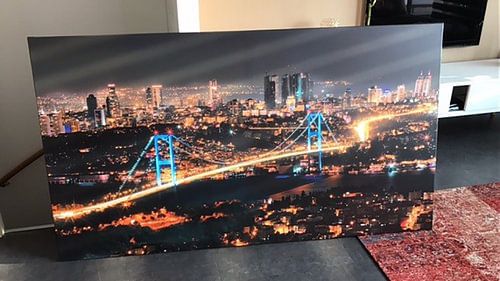
 Germany
Germany Ordered in November 2020
Ordered in November 2020
 Netherlands
Netherlands Ordered in February 2019
Ordered in February 2019
 Netherlands
Netherlands Ordered in March 2024
Ordered in March 2024
 Netherlands
Netherlands Ordered in July 2017
Ordered in July 2017
 Germany
Germany Ordered in January 2021
Ordered in January 2021
 Netherlands
Netherlands Ordered in November 2020
Ordered in November 2020
 Germany
Germany Ordered in May 2020
Ordered in May 2020
About the material
ArtFrame™
Interchangeable Art Prints
- High-quality print
- Easily interchangeable
- Acoustic function
- Large sizes available
Discover the artworks of Saskia Staal
 Brievenbus Saskia Staal
Brievenbus Saskia Staal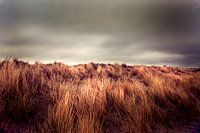 DunesSaskia Staal
DunesSaskia Staal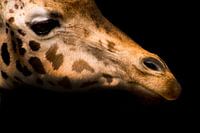 GiraffeSaskia Staal
GiraffeSaskia Staal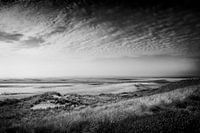 StrandSaskia Staal
StrandSaskia Staal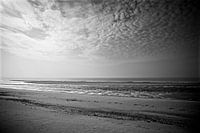 Beach South HollandSaskia Staal
Beach South HollandSaskia Staal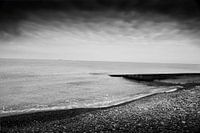 Dieppe coastline FranceSaskia Staal
Dieppe coastline FranceSaskia Staal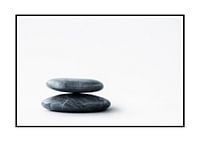 Balance sheetSaskia Staal
Balance sheetSaskia Staal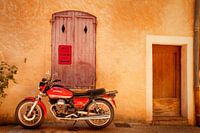 Moto GuzziSaskia Staal
Moto GuzziSaskia Staal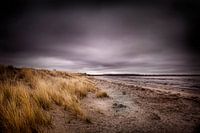 beachSaskia Staal
beachSaskia Staal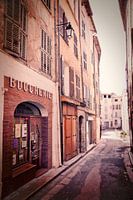 ButcherySaskia Staal
ButcherySaskia Staal Red TulipSaskia Staal
Red TulipSaskia Staal Pink TulipSaskia Staal
Pink TulipSaskia Staal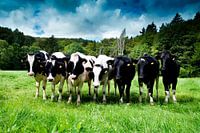 CowsSaskia Staal
CowsSaskia Staal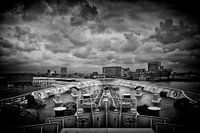 Cruiseschip SS RotterdamSaskia Staal
Cruiseschip SS RotterdamSaskia Staal Pink tulipSaskia Staal
Pink tulipSaskia Staal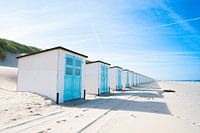 Beach housesSaskia Staal
Beach housesSaskia Staal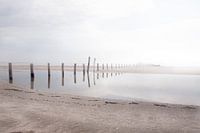 mirror image on the beachSaskia Staal
mirror image on the beachSaskia Staal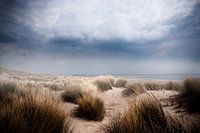 dunesSaskia Staal
dunesSaskia Staal
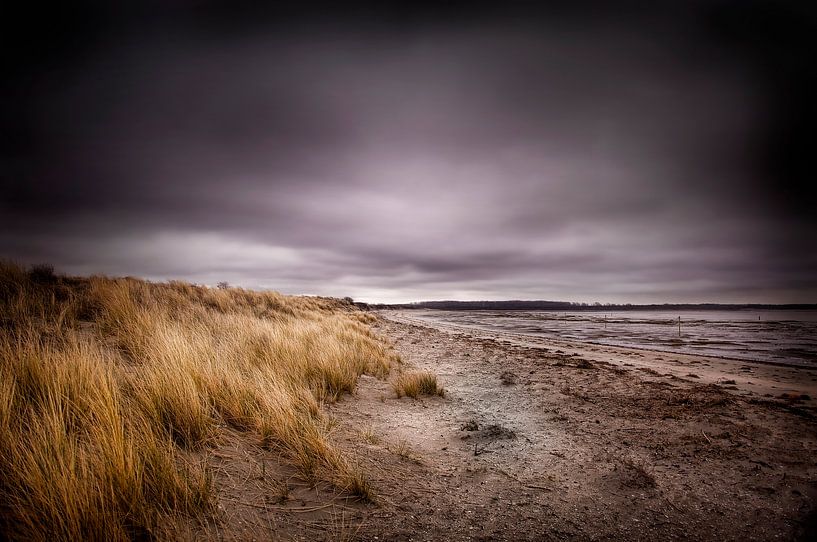
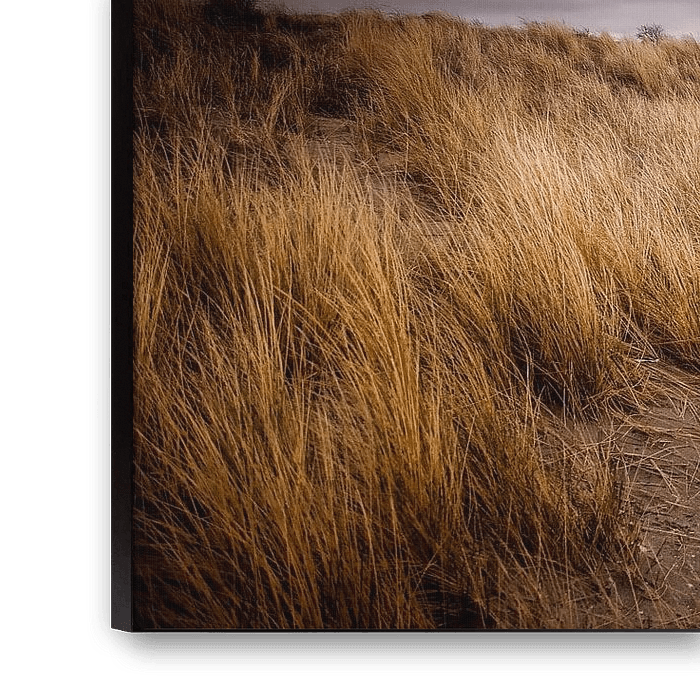
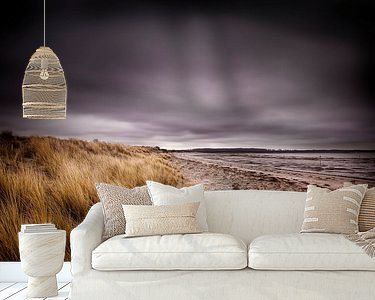
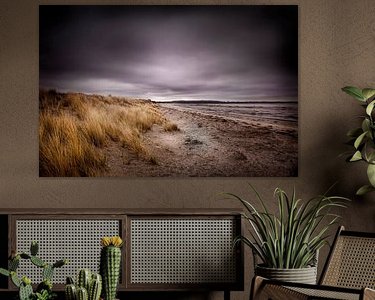


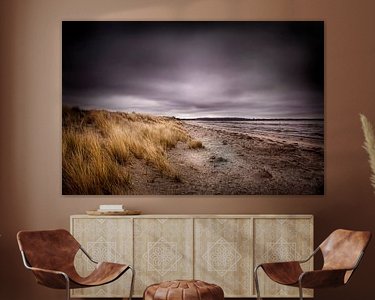
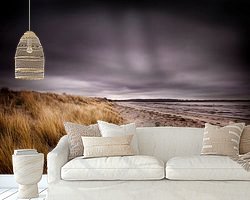
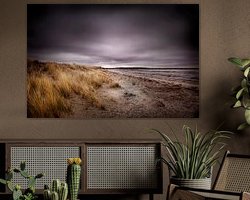




 Beach
Beach Coastline
Coastline Dreamy Escapes
Dreamy Escapes Elegant Expressions
Elegant Expressions Gentle Whispers
Gentle Whispers Mysterious Spheres
Mysterious Spheres Nostalgic Memories
Nostalgic Memories Oceans and seas
Oceans and seas Photo wallpaper
Photo wallpaper Photography
Photography Serene Peace
Serene Peace Storm
Storm Vibrant Colors
Vibrant Colors









